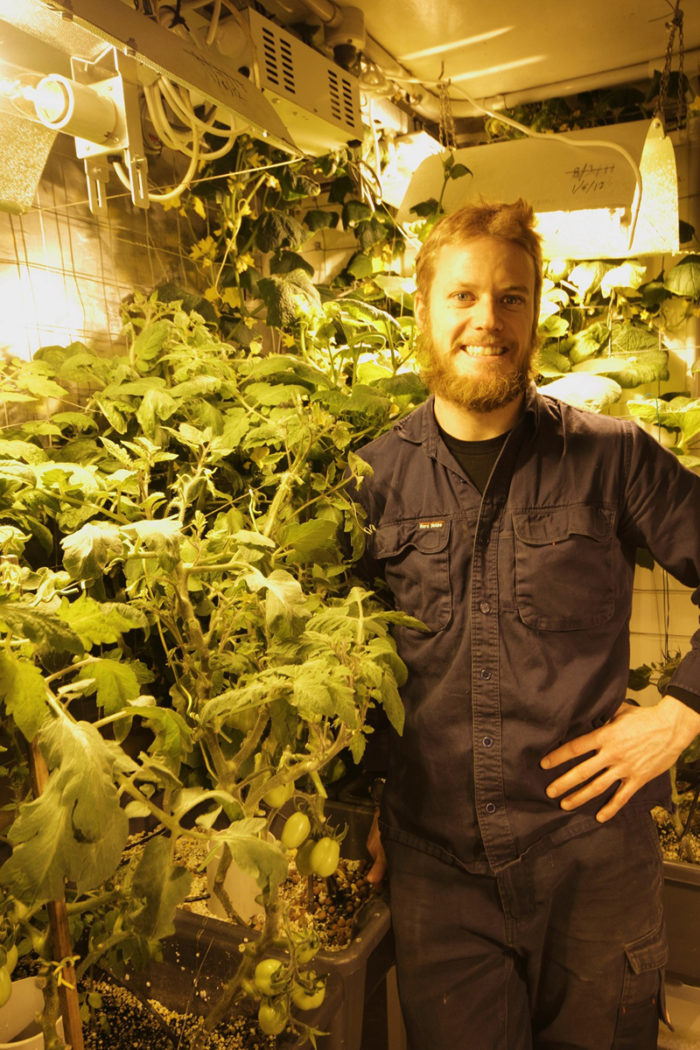
Photo/Illustration: Photograph © Darryl Seidel /Australian Antarctic Division
A few weeks ago, just for fun, I started wondering what extremes people will go to to garden. You hear of soldiers in Iraq having little garden plots, and I’ve seen my share of photos of fire escape gardens in Manhattan, but for some reason, I wanted to go a little more extreme. So I did a little digging, sent out a few emails, and hit a jackpot. Behold, the garden at Australia’s Davis Station in ANTARCTICA. That’s right, Antarctica. Those are the lengths I go to for you people. Because I love you.
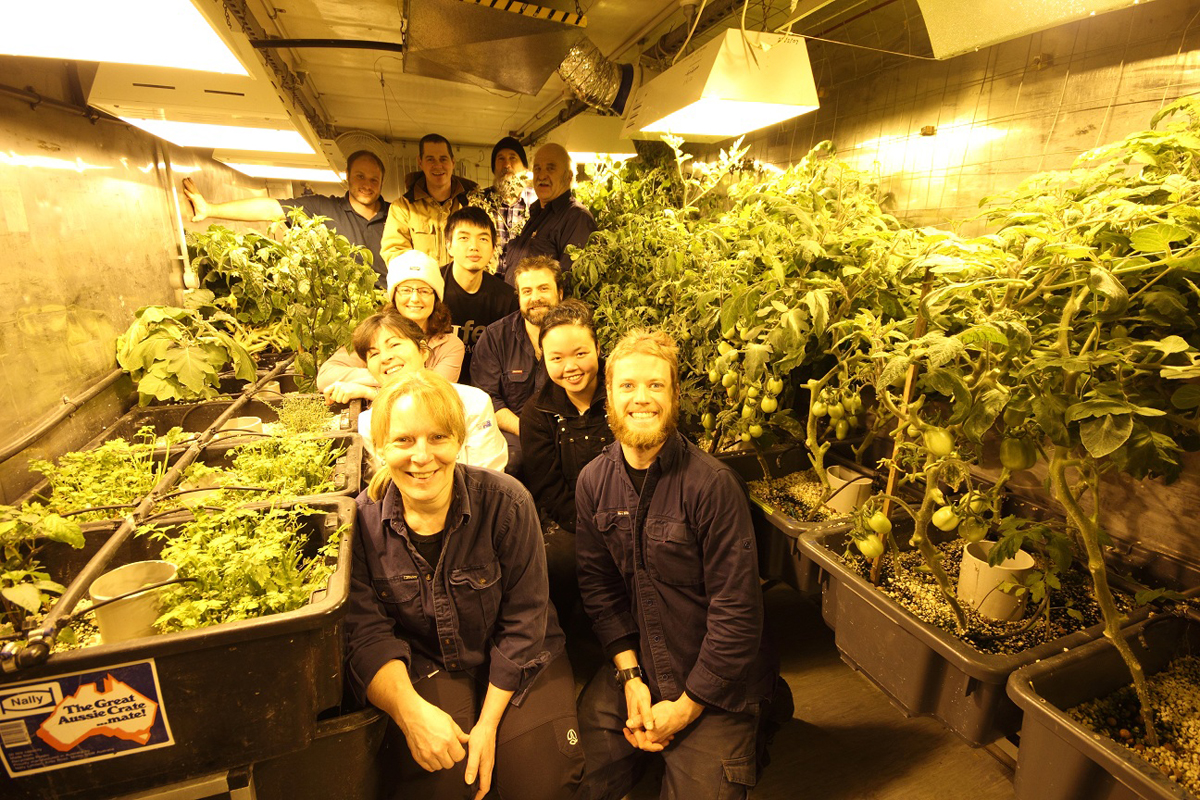
Photo/Illustration: Photograph © Darryl Seidel /Australian Antarctic Division
The following words and photos are from the source: “Hi, I’m Darryl Seidel, one of the plumbers and manager of the hydroponics this year (2012) at the Australian Antarctic Division’s Davis Station, Antarctica. The role of the hydroponics manager is just one of many community jobs on station. I had never done any hydroponics until I got a job in Antarctica, my experience with gardening really only consists of small vegetable and flower patches at home in Adelaide, Australia. The challenge it poses is one of the main reasons I wanted to take it on.
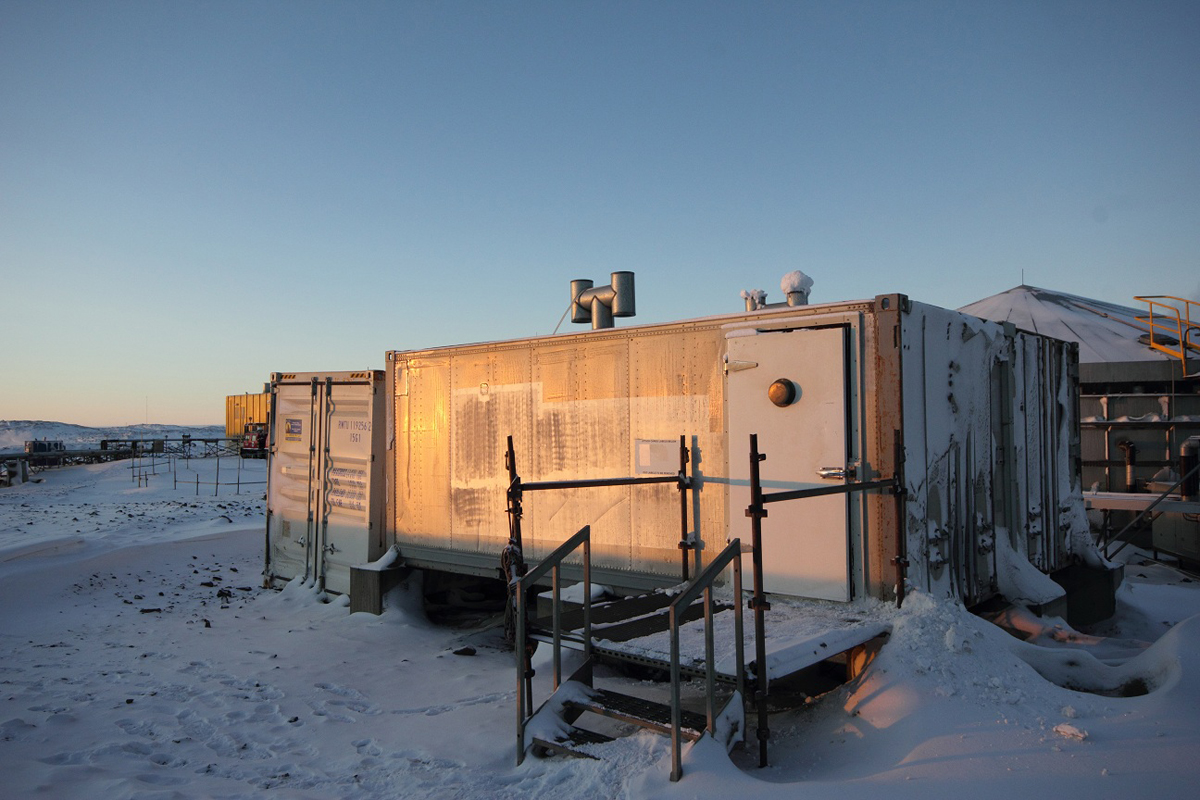
Photo/Illustration: Photograph © Darryl Seidel /Australian Antarctic Division
“Our hydroponics set up consists of two lined shipping containers joined together to form 3 rooms. Our goal with hydroponics is primarily hobby and morale based, as we don’t grow enough produce to feed the entire station. The station population over summer can be over 100, and in winter anywhere from 16 to 25 people. This season we have 21 staying over winter (April – November), 14 of these are in our hydroponics crew. Hydroponics at Davis has a real nice community feel about it, if there is a problem, there is always more than enough people on hand to help fix it!
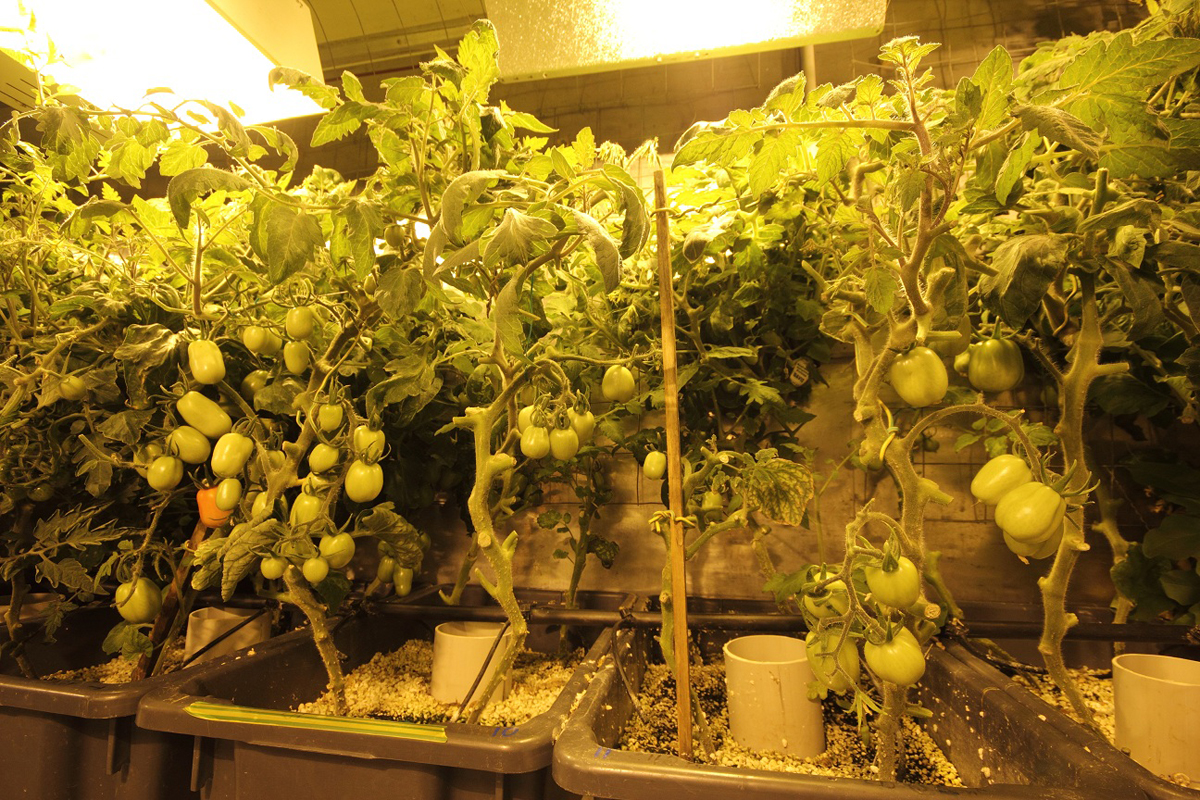
Photo/Illustration: Photograph © Darryl Seidel /Australian Antarctic Division
“The winter temperatures at Davis vary greatly over winter depending on the weather outside. Clear days can bring temps of -30 degrees Celsius (-22F) and winds up to 100 knots (185 kmh or 115 mph), with an average temperature around -20 deg C (-4F). This certainly eliminates trying to grow anything outdoors!
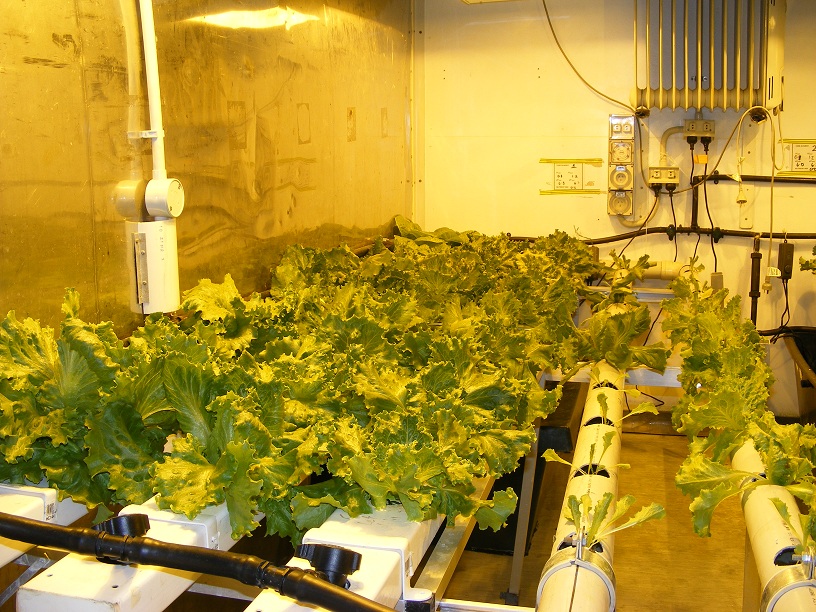
Photo/Illustration: Photograph © Darryl Seidel /Australian Antarctic Division
“We are only allowed to grow edible produce due to quarantine and space restrictions, which this season includes iceberg and cos lettuce, varieties of tomatoes, Lebanese cucumbers, capsicums (bell peppers) and a range of herbs. We try to spend as much time in ‘the garden’ as we can because it is usually 27 degrees (80F) and 60% humidity!
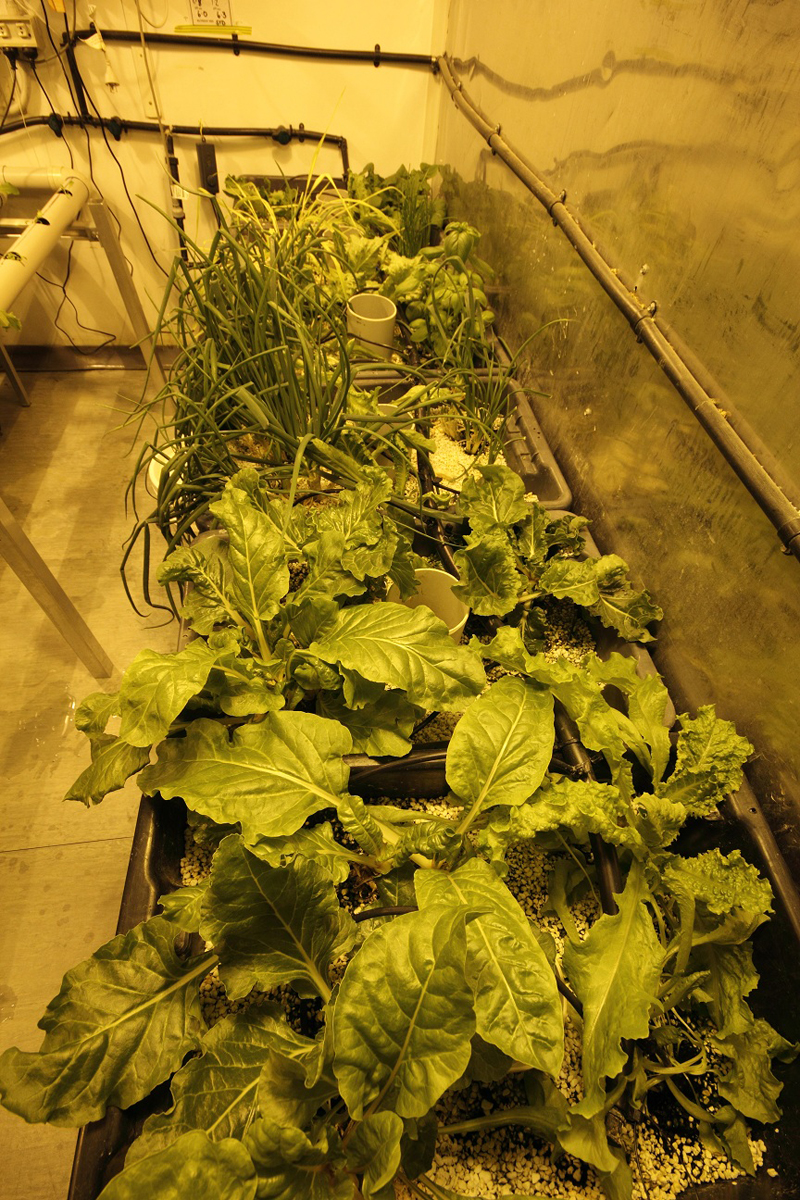
Photo/Illustration: Photograph © Darryl Seidel /Australian Antarctic Division
“We roster two people on per week to monitor the plants twice daily and also have two crew members who look after seeding and propagation. Every season our crops are removed and incinerated, including the media in which the crops are grown, to help prevent the spread of disease and so we don’t introduce any non-native species into the Antarctic environment.

Photo/Illustration: Photograph © Darryl Seidel /Australian Antarctic Division
“Keeping the water and building from freezing is our main challenge, being hydroponic and in Antarctica there aren’t many (if any) diseases to affect the plants. Around mid June we had a ‘door malfunction’, which let the heat out and the cold in for 12 hours. Most of our crop was lost due to extreme cases of frost, amazingly the majority of the herbs and lettuce survived! But we’ve started again and have bounced back stronger than before! In the 8 months that we have been running hydroponics we have harvested over 60 kg (132 pounds) of fresh produce.”
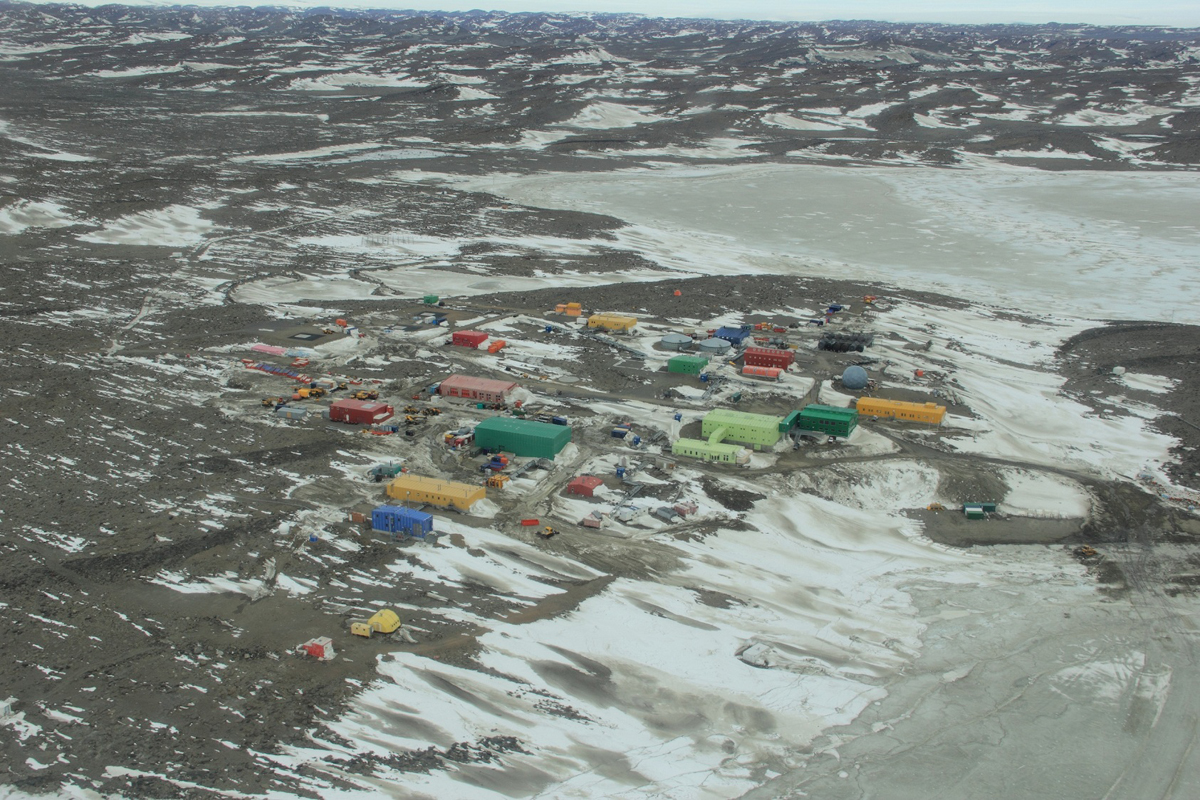
Photo/Illustration: Photograph © Darryl Seidel /Australian Antarctic Division
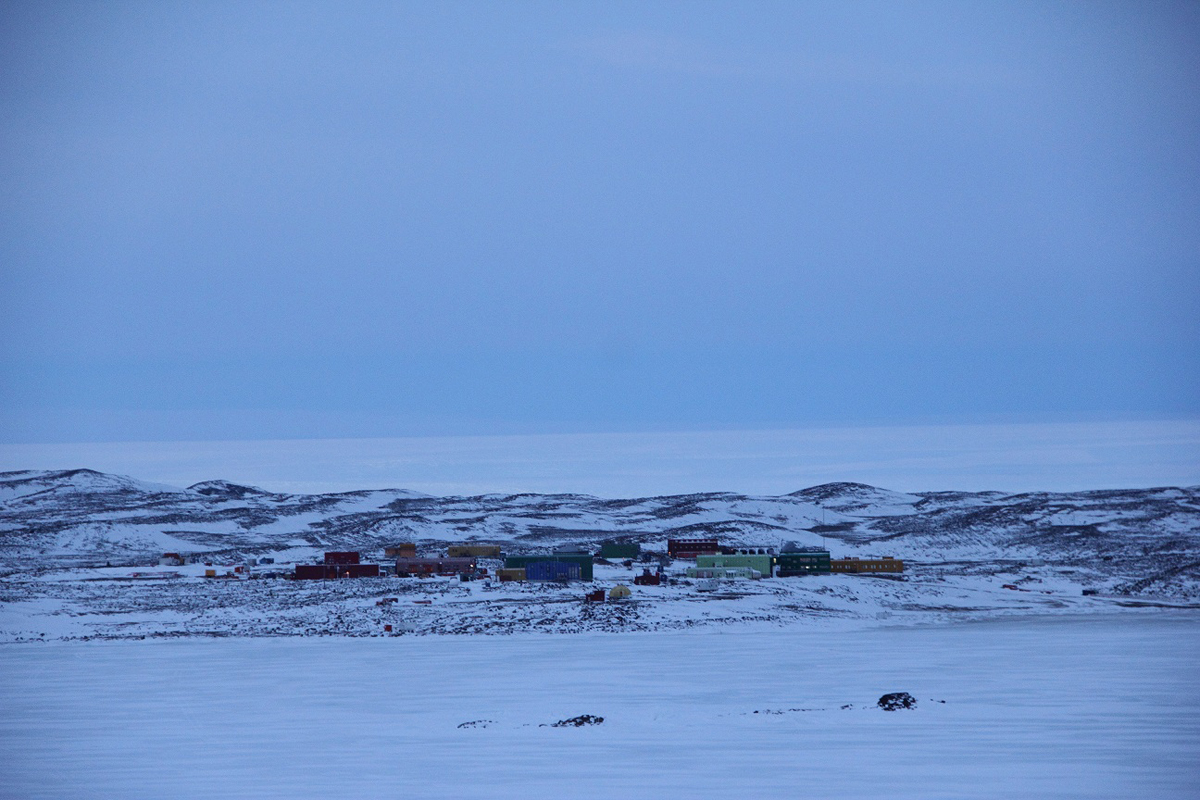
Photo/Illustration: Photograph © Darryl Seidel /Australian Antarctic Division
Want us to feature YOUR garden in the Garden Photo of the Day? CLICK HERE!
Want to see every post ever published? CLICK HERE!
**Check out the GPOD Pinterest page, where you can browse all the post in categories…fun! CLICK HERE!**



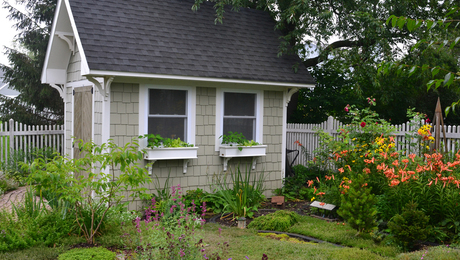













Comments
An amazing challenge. Who'd a thunk growing veggies in Antarctica. Well done!
Wow, this sure puts things in perspective for the rest of us. Obviously, the actual produce from these efforts is the main point of the endeavor but I'll bet that just to walk into the green house areas and see the greenery and smell the heavenly smell of living and growing plants is a great lift to the spirits.
Darryl and co, amazing ingenuity, determination and persistence. You are inspiring! Having lived in Montreal for many years, I know that having greenery indoors helps to counteract white, white and more white.
Michelle, your post did not appear in my email box today, and I went back to yesterday's post to get entry to this one. Perhaps it happened to other people too and that is the reason for so few comments today.
Hope you have recovered fully.
The email just came in, probably a little late for the East Coast but just in time for the West. Greetings from 103 degree hot Sacramento Valley, CA to Antartica!! Your vegetables look fantastic, I hope those tomatoes don't grow any taller or they'll hit the lights! And your cucumbers look better than mine, I have to water them 3 times a day to keep them from shriveling. Great job!! And thanks, Michelle, for this treat!
How fun! and super inspiring! I live in the Pacific NW and am always moaning about the scarcity of warm days to grow hot loving veggies..well, no more! If these awesome (and dare I say a little crazy?!) people grow in conditions like that...WOW! No more excuses!
Wow -- go team!
Are you planning on having a garden tour for the other people stationed there who aren't regular volunteers? Or can they visit sometimes?
interesantisimo!!!! hidroponia en la antartida!!!!
si pueden cultivar alli, todo se puede!!!!
genial
Wow that is amazing and so impressive. I have no excuse not to be motivated. Hydroponics, hmm!
Thank you so much, Darryl. This was so interesting. I imagine having the ability to do gardening in such a harsh environment really lifts the spirits, plus having fresh veggies you have grown yourself is uplifting.
fascinating Darryl!
This is totally wicked Darryl!
WOW!! Awe-inspiring accomplishment - I will (try) never to grumble about deer, hail, bad weather, etc. again! Man's tenacity never ceases to amaze....thanks for sharing Darryl.
And kudos to you Michelle, for "digging" him up!
That's amazing growing a garden in Antarctica. What a wonderful story. That's proves U can grow anywhere.
Hi Kzoocookie,Thankyou for your questions. Everyone on station is aloud to go into hydroponics whenever they please, it is for the community after all! Smokers are advised to wear clean clothes free of smoke residue and everyone is encouraged to wash their hands. We get quite a few visitors over our summer period (nov-feb) from other stations nearby. This year we have had Russians, Chinese and Indians all come for a visit and they love our hydroponic setup! We try to give them a little fresh produce as a small gift.
Meander1, absolutely! there is nothing better when the weather turns nasty outside then to go to Hydroponics and do some gardening. Because there are no bees in Antarctica we have to help pollenation with fine brushes to help spread the pollen. Or some people go and simply read a book!
Log in or create an account to post a comment.
Sign up Log in